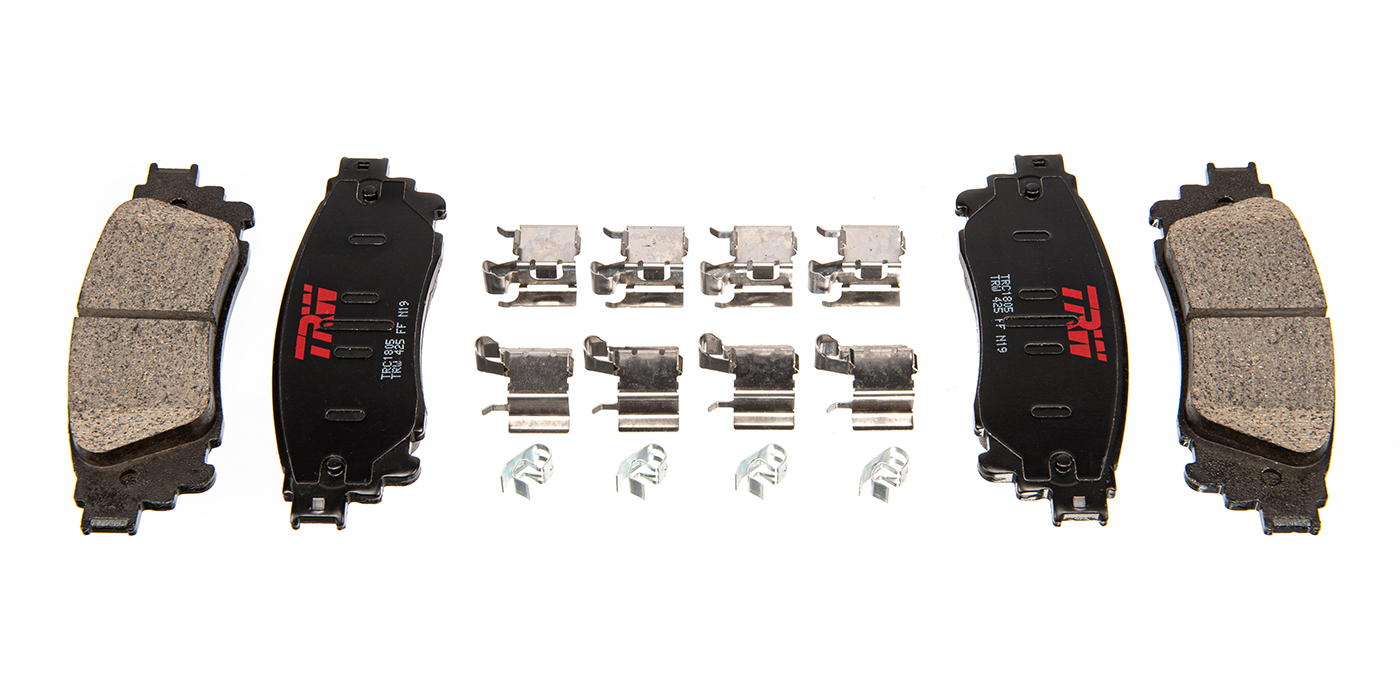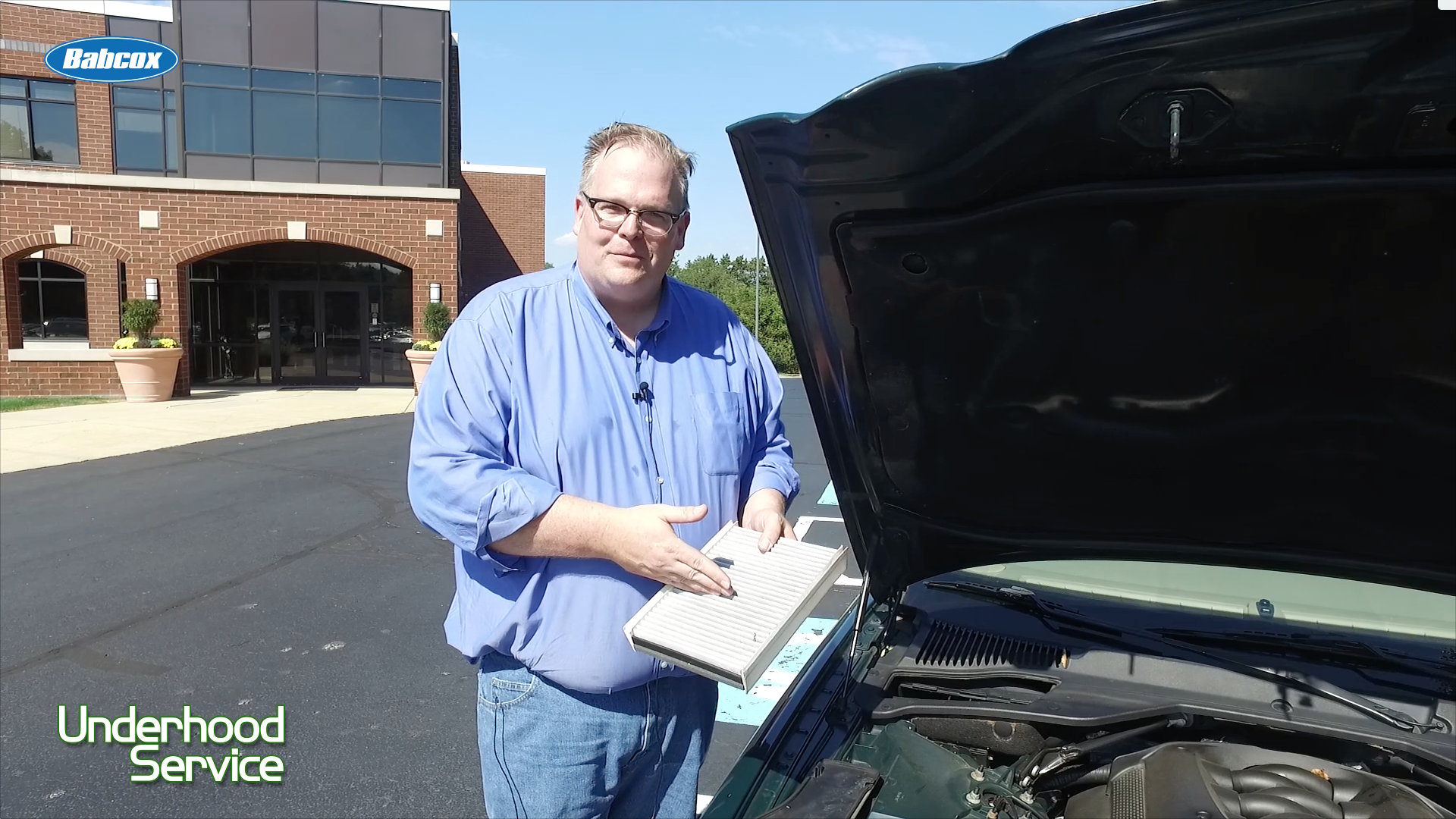Engineering and servicing brake systems has likely never been considered a “glory job.” However, it is certainly a necessary, challenging and rewarding occupation. Our contribution to driver safety and confidence can be rivaled by few others outside the medical domain.
When I first started in the brake industry, I quickly came to a point where I was underwhelmed by the glory of it. I had friends from engineering college headed off to NASA and to build planes and tanks. Some even got to go brew beer.
One day I was griping to my father about my conundrum and he made a comment that stuck with me to this day. He said, “Son there are a very few greater acts of faith in the existence of mankind than that which occurs when a person steps on a brake pedal.”
Ever since then I have been trying to find examples that would prove him wrong. Not even pulling the ripcord on a parachute wins since they virtually always have a reserve chute.
Perhaps the tape measurement that occurs on a bungy cord before you jump off a bridge would qualify. He was the first brake engineer in our family and also gave me the sage advice to “Never walk in front of the car being driven by the Brake Engineer.” Also good advice as I’ve learned over the years We in the brake industry have always had to be satisfied in our own mind that we participate in a noble profession. Because of this I have taken great pleasure recently in watching the marketing and advertising people take notice of all the wonderful things we do with our brakes.
Perhaps you’ve noticed they’ve recently made us the star of several TV commercials. I’m sure anyone with a bleeder bottle has watched the recent commercials by Ford.
The F150 rolling out of the back of the airplane and dragging that beast to a stop. I was watching TV with my 15-year-old son recently when that commercial played. He looked at me and said with all the confidence of a teenager. “Dad, that could never happen! They must have been using special effects. No way could a truck like that stop that plane.”
He got me wondering. I polled a few of my friends about whether they thought that commercial was science or science fiction. Nobody believed us brake guys could get that job done.
So in defense of all our honor, I set out to prove them wrong. No, I didn’t head out to the local airport and round up a plane, but I started by running some calculations to see what it would take. Actually the math that governs the situation is pretty straight forward. I had to make a few assumptions to get started.
Weight of the airplane: 33,000 lbs. (they said this in the commercial).
Length of the runway: estimated at 4,000 ft.
Length of the commercial: 30 seconds.
Weight of an F150: 5,800 lbs.
Touchdown speed: 100 mph.
Knowing this and some simple physics, I set out to answer three basic questions to see if it could be done:
Could the truck stop the plane within a 4,000-ft-runway?
How long will it take to stop the plane and can I fit it into a 30-second slot?
How much power do I need to absorb in the brake system?
Is 4,000 feet enough?
To answer this you must calculate how much braking (stopping) force the truck can generate. This is determined by the weight of the vehicle and the amount of traction at the tire road interface. Since it was clear it was an asphalt runway and the truck wheels were in full ABS control, it’s safe to assume that the truck is maximizing the dry road friction of the tires.
This means that the truck is capable of generating a force that is equivalent to about 1.0 g of deceleration. Therefore the truck can generate a braking force equivalent to its weight. Or said another way, I have 5,800 lbs. of force with which to stop the plane and truck. If I use 5,800 lbs. of force and apply it to a 38,800-lb. vehicle (truck + plane), I can calculate the combined mass will stop at a rate of 0.15g. Knowing this I can calculate how much runway I will need to bring the thing to a stop.
Showing the Work:
V2= Vo2 + 2as
S = (V2 – Vo2) / 2a = (100 mph * 5280/3600)2 / (2 x 4.8 ft/s2) = 2,240 feet
2,240 feet is less than the 4,000-ft. length of most runways
So there is enough Runway!!!
Is 30 Seconds enough time?
How long will it take to stop the plane and can I fit it into a 30-second slot? Using the information learned in Question 1 and another simple formula, I can easily calculate the time:
Showing the work:
V= Vo +at
t = Velocity/Acceleration -100 mph x5280/3600 / 4.8 ft/s2 = 30.55 seconds
I guess we’ll need to edit the shot!!!!
How Much Power?
The last question is how much power do I need to absorb in the brake system? Since power is by definition how much energy I need to convert in a certain amount of time, I use the following calculation.
Showing the Work
Power = Change in Energy / Change in Time Change in Energy=1/2 mv2 = 1/2 (38,800 lbs/32.2)(100 * 5280/3600)2
Change of Energy = 1.3 x 107 ft/lbs = 16929 BTU’s (770 ft/lb/ BTU)
Change of Time = 30.55 s
Power = 16929 BTU’s / 30.55 seconds = 554 BTUs
= 1994400 BTU/hr = this is the equivalent of 783 HP
Is anyone surprised that the brakes have a power capacity that is more than twice the advertised engine power? You shouldn’t be. Most vehicles would be proud to have a 0-60 mph time of less than five seconds, yet every vehicle is expected to stop from 60 mph in about three seconds. I love telling my powertrain buddies that I have way more power in my brakes than they do in their engine.
So it seems that this commercial has the potential to be a perfectly legitimate demonstration of braking capability. So next time you see it, I hope you have the same pride in being part of the brake industry that I do.
The Swing Beam Toyota commercial is a gimmick. The truck just has to be sure to stop short of the circle that the arm swings. Pretty much the same as if I told you to stop exactly at the Stop sign. As long as I give you enough distance anybody can do it. The second swing arm has to be timed to be sure the truck has enough time to get out of the way. Only risk is if the motor stalls.











